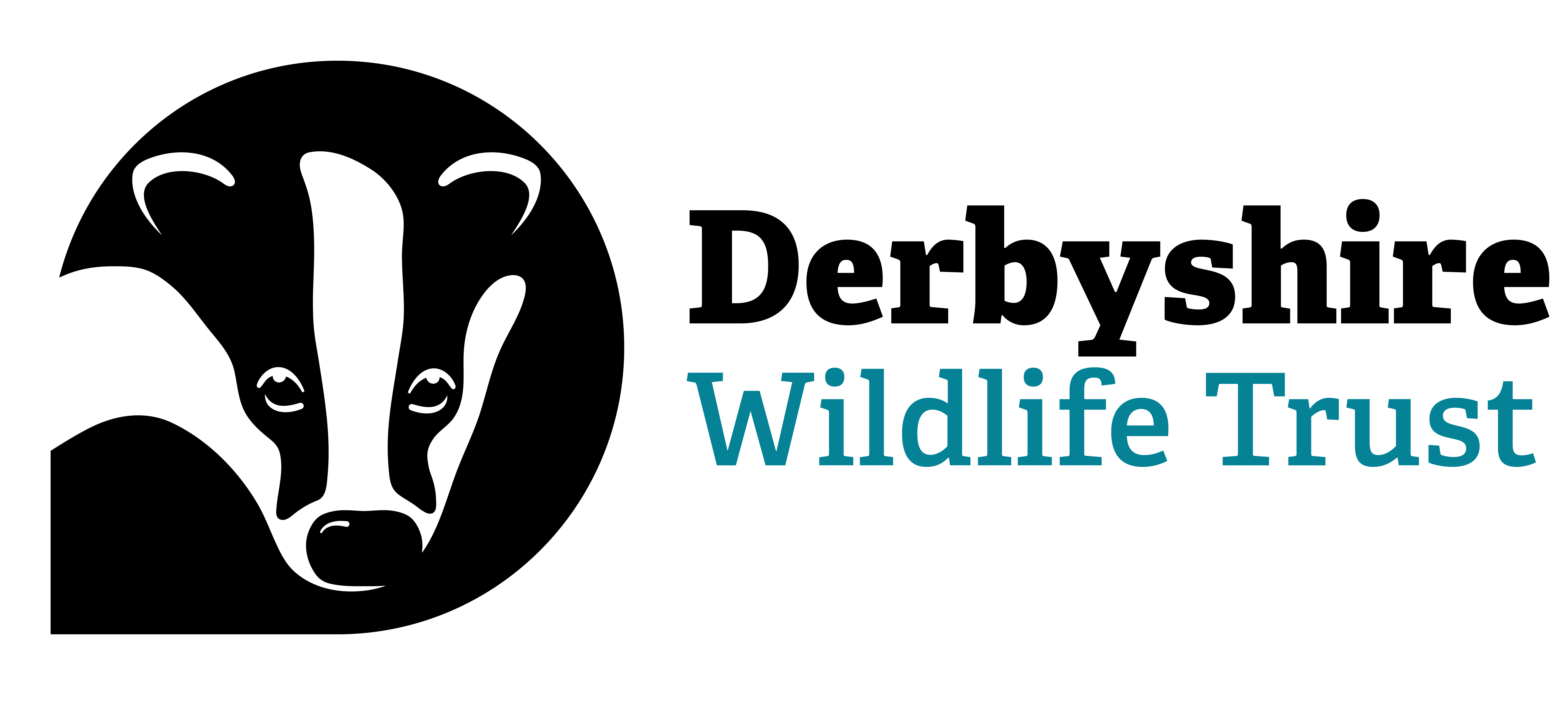The Peak District Bird of Prey Initiative summarises data sent in by Raptor Groups, volunteers, landowners and gamekeepers to give a picture of five key birds of prey that should thrive in the Peak District landscape. They are peregrine falcons, short-eared owls, merlins, goshawks and hen harriers. All of these species are key indicators of a healthy ecosystem.
Last week the report confirmed that:
- Peregrine falcon numbers remain low with only eight occupied territories, less than half the expected number for the area. Peregrines are still persecuted, being illegally shot or more frequently having their nest robbed by chick and egg collectors for the captive bird market.
- Short-eared owls are well up from last year from an estimated 1-3 nesting attempts to over 30. Numbers of these birds can fluctuate greatly between years, largely due to vole numbers whish are their main prey species.
- Merlins, the UKs smallest bird of prey has suffered in a drop of numbers. The area monitored could expect to have at least 37 breeding pairs, but the 17 pairs recorded and only 12 pairs confirmed to have fledged chicks in 2021 is worryingly low. Reasons for this drop are unknown.
- Goshawk numbers were slightly up from last year’s nine breeding pairs to 13, 10 of which successfully fledged young.
- Hen harriers remain a very rare bird in the Peak District with only one pair successfully nesting, fledging four chicks in the whole of the Peak District. Another pair showed display and pre-nesting behavior but no birds were subsequently seen, and nesting did not take place.
Dave Savage, regional manager for the area at Derbyshire Wildlife Trust said:
“Thanks to the hard work and dedication of all involved in the Initiative we are able to get a snapshot of how these birds are faring in the Dark Peak.
Despite numbers slightly increasing in most species we are still way below the number of raptors the landscape can accommodate. We will continue to raise the issue of illegal persecution of birds in the Peak District and we will work to stop nest robbing of peregrine falcons. Our new peregrine protection officer will be in post from the 15th March, working with volunteers and the Police to protect peregrines in the White Peak. She will be setting up watch points and increasing the amount of monitoring that takes place across the area.
The Peak District Bird of Prey Initiative was set up in 2011 as a collaboration between the Peak District National Park Authority, Natural England, National Trust and the Moorland Association, with support from local raptor groups and land managers in order to see a reduction in wildlife crime and as a result, the welcome return of birds of prey.
You can read the full report at: https://www.peakdistrict.gov.uk/__data/assets/pdf_file/0028/415459/Bird-of-Prey-Initiative-2021-final-report.pdf
ENDS
